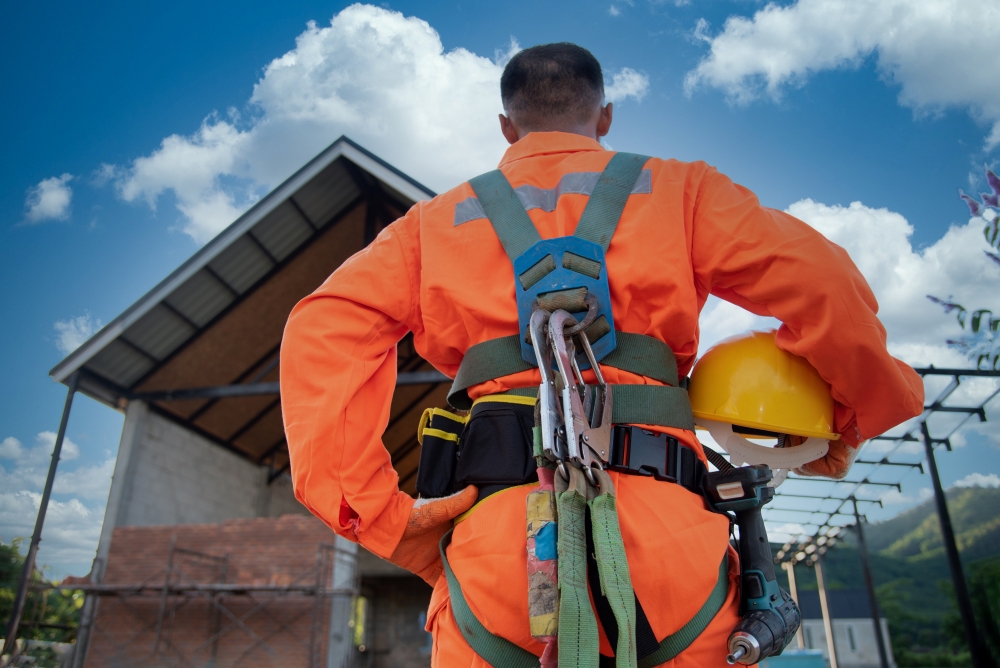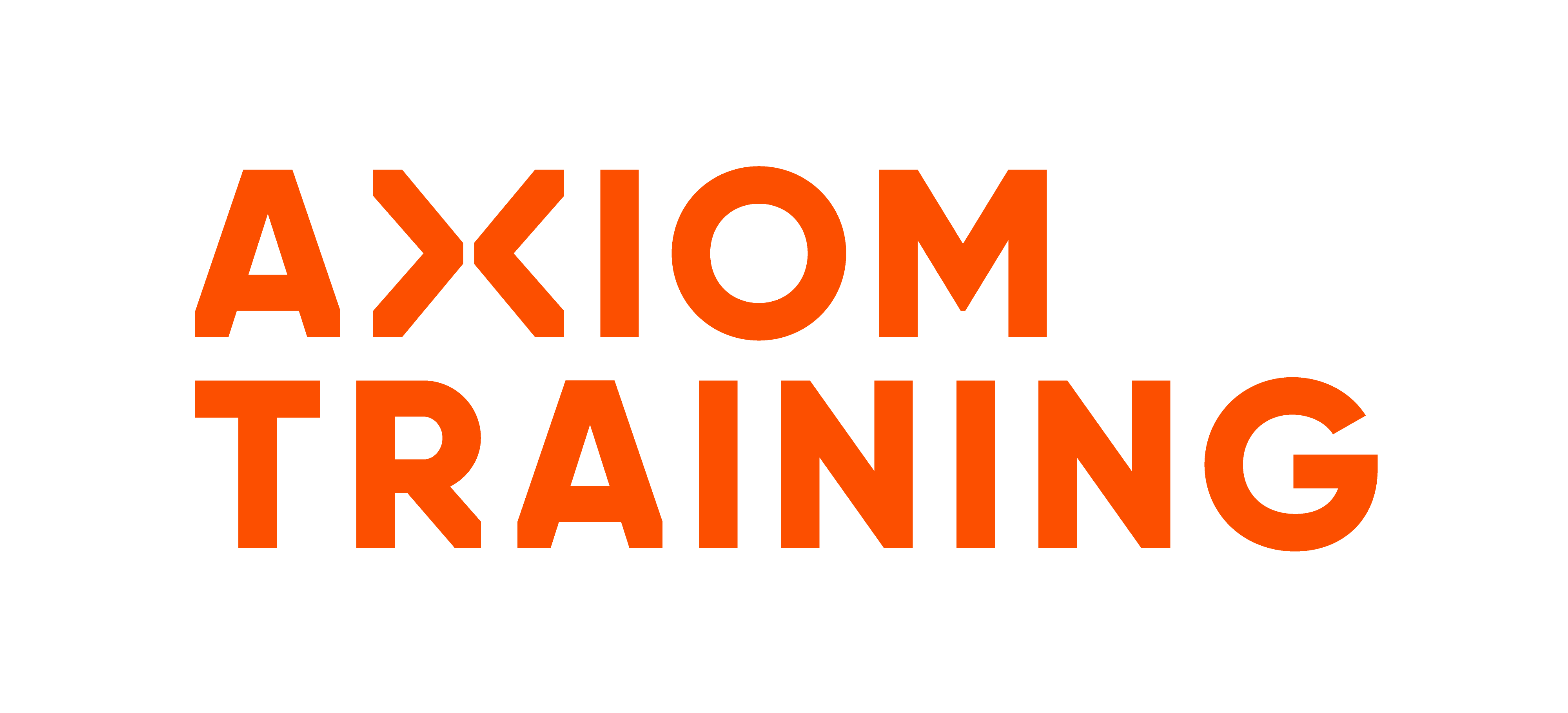White Paper: Slippery Slopes: When Height Risks Are Ignored.
Slippery Slopes:
When Height Risks Are Ignored
This white paper explores a recent fall from height incident where a worker sustained life-altering injuries due to inadequate safety systems and a lack of formal training. The business involved failed to implement basic protective measures or postpone the work in poor weather conditions, resulting in significant legal and personal consequences. This paper highlights the importance of proper risk controls, safety equipment, and training – all of which are essential to prevent such tragedies.
Introduction:
In a recent court decision, a company was fined $40,000 and ordered to pay $77,456 in reparations after a worker suffered a critical fall from height while cleaning a commercial roof in wet conditions. Despite the well-known risks associated with rooftop work – especially in poor weather – the business failed to implement appropriate safety systems, provide training, or demonstrate any evidence of a safe work process.
Case Background:
In April 2023, a worker who had been on the job for just two months was tasked with cleaning a commercial rooftop using chemical products during rainy weather. He had no prior training in working at height and was not equipped with a harness or informed about roof anchors. With only limited edge protection and no effective fall prevention systems in place, the worker slipped and fell approximately six metres, sustaining a traumatic brain injury and multiple broken bones.
He spent six months in hospital and continues to live with ongoing pain and disability. The long-term physical, emotional, and financial consequences have been severe
Legal Charge and Findings:
The business, as a PCBU, was found to have breached its duties under the Health and Safety at Work Act 2015 by failing to ensure, so far as reasonably practicable, the health and safety of its workers. The court determined that the business had no documented policies or risk identification processes in place to manage work at height, particularly on slippery, steep surfaces.
In the absence of edge protection, the company should have implemented a harness system and trained workers in its proper use. None of these measures were in place at the time of the incident.
Analusis:
This incident demonstrates a complete failure to apply basic safety principles. Falls from height remain one of the most serious and common causes of workplace injuries in New Zealand. The risks increase substantially in adverse weather conditions – a factor that was not taken into account by the company when scheduling the work.
Key failures in this case included:
- No edge protection or scaffolding
- No harness or fall arrest system
- No formal training provided
- No weather-based risk reassessment
- No evidence of a documented safety system
Had the business postponed the work or implemented even one layer of protection, the outcome could have been vastly different.
The importance of Passive Controlls:
As noted in the court findings, the best form of fall prevention is one that does not rely on worker judgement. This includes passive controls such as:
- Scaffolding
- Edge protection
- Temporary guardrails
In high-risk environments like rooftop work, these systems create a physical barrier that can prevent falls even in the event of a slip or misstep. When weather conditions are poor or surfaces are contaminated with water and cleaning products, these protections are even more critical.
Weather as a Risk Factor:
Working in rain, especially on iron rooftops with cleaning agents, creates a high-slip environment. Work should be delayed until conditions improve, and workers should be empowered to speak up when they identify risks. A safe system of work is one that allows for reassessment and adaptation.
Training programmes that include hazard identification and dynamic risk assessment can help workers and employers recognise when work should be stopped or modified.
Training and Prevention:
The worker in this case had no training in fall prevention, no instruction on how to use a harness, and no knowledge of anchor points or safe movement on a sloped roof. Proper training could have equipped him with the confidence and knowledge to raise concerns or refuse unsafe work.
Safety n Action offers nationally recognised courses in height safety and hazard identification, including:
- Introduction to Height Safety
- Harness Safety
- Height Safety Advanced
These courses are designed to build practical understanding of safety equipment, work positioning systems, and the decision-making required to keep workers safe in real-world situations.
Conclusion:
This incident is a sobering example of how easily lives can be changed – and how easily it could have been avoided. When businesses fail to take known risks seriously, workers pay the price. The cost of inaction is high – not only in fines and reparations but in the human toll of long-term injury and lost potential.
Businesses must:
- Review and document safe work systems
- Train all staff working at height
- Install physical controls whenever possible
- Postpone high-risk work during unsafe conditions
By investing in proper training and safety planning, employers can meet their obligations and ensure their teams go home safe.
Learn more about our courses and how we can support your teams safety when working at heights here.
References:
WorkSafe New Zealand. (2025). Fall from height leaves worker with permanent injuries. Retrieved from: https://www.worksafe.govt.nz/about-us/news-and-media/fall-from-height-leaves-worker-with-permanent-injuries/
Safety n Action. (n.d.). Height safety introduction. Retrieved from: https://www.safetynaction.co.nz/en/our-courses/course-catalogue/height-safety-introduction/
View training solutions
-
Height Safety Courses
You may be aware that the way in which heights safety training is delivered changes from January 1st 2026 industry wide. We have the current and 2026 solutions available now to book.
-
Height Safety Introduction
Understand the systems and procedures to conduct work safely at height. Unit standards covered: 23229 and 25045




